We Regret to Inform You… the Hyundai I30 N Is Outstanding
Unfortunately, the new Hyundai i30 N is, by all accounts, a terrific hot hatchback.
The i30, you’ll recall, is essentially the Hyundai Elantra GT that’s beginning to arrive in U.S. showrooms, a pleasantly tasty car in Sport trim.
But Hyundai’s new performance N sub-brand, headed up by former BMW dynamics sage Albert Biermann, is not yet America-bound. And while European critics broadly praise the i30 N — not just as “a pretty stunning first effort from Hyundai’s N division” but “up there with the best” competitors — and celebrate the availability of yet another viable performance car, the car will not make it across the pond.
The trap into which so many enthusiasts fall, a belief that the automotive grass is always greener on the other side, has often led to disappointment.
Many of the cars on the other side of the fence, or the ocean in this instance, are just cars. Mini-MPVs, for example, aren’t spacious enough to meet American demands. Neither are the cars that do make it across the Atlantic as North American afterthoughts guaranteed to wow: consider the Saturn Astra, Fiat 500L, and Audi Q3. Similarly, the possibility exists that the Citroën C4 Cactus isn’t the best thing since sliced bread; that the market for such a car in America isn’t vast.
And yet there are instances in which vehicles that are only just out of our reach stand out as beacons of automotive wonder. Take the 2018 Hyundai i30 N, particularly with a performance pack that adds 24 bhp to the regular i30 N’s 247-horsepower 2.0-liter turbo. The i30 N is a car that, in a sense, is sold here with only a few extra bits and baubles.
“Scepticism is replaced by a mixture of mild disbelief, major respect and, most of all, a refreshing wave of pure pleasure about what Hyundai has created in the i30 N,” says evo’s Steve Sutcliffe. “Beside a Golf GTI, with which it competes theoretically on price, it’s a much more committed effort.”
“It’s sharp into corners, it grips hard and the steering is communicative enough to give you confidence, but it’s the way the car is balanced that really struck me,” says Top Gear’s Ollie Marriage. “It’s happy to work both axles evenly, so if you lift slightly the car will tighten its line, if you chuck it into a corner hard, it’ll probably be the back end that lets go first.”
“Factor in the quick, tactile throw of the gearstick and the short-travel clutch and you’d swear Hyundai had been building this kind of car for generations,” Autocar writes. “It’s difficult to overstate what a brilliant job Hyundai has done with this car’s chassis.”
It sounds like Hyundai got the details right, too. The performance pack “brings a joyous variable exhaust system,” CAR writes, “which is both louder and more characterful thanks to rally-spec over-run cackle.” CAR says it’s more evocative and more burbley than the Honda Civic Type R and Volkswagen Golf R. The Hyundai i30 N also offers old-fashioned driver’s bits: a round steering wheel, a manual handbrake, and a manual transmission only.
We can surely all agree the i30 N looks the business, too. The special blue paint slathered on early test cars works wonders on the subdued, Golf-like profile. Nor is the i30 N guilty of trying too hard — we’re looking at you, Honda.
One drive in the sixth-generation 2018 Hyundai Elantra Sport is enough to convince you that the Korean brand has certainly developed a knack for building a fun car. Yet that Elantra sedan will leave a real enthusiast wanting more: more brakes, more power, more tire, more bite. The Hyundai i30 N is the more you’re looking for. But we regret to inform you, this apparently outstanding car will not be sold in America.
[Images: Hyundai]
Timothy Cain is a contributing analyst at The Truth About Cars and Autofocus.ca and the founder and former editor of GoodCarBadCar.net. Follow on Twitter @timcaincars and Instagram.
More by Timothy Cain
Latest Car Reviews
Read moreLatest Product Reviews
Read moreRecent Comments
- Jalop1991 There is no inflation. Everything is cheaper than it was 5 years ago. SHRIMP AND GRITS!
- ChristianWimmer Exterior and interior look pretty flawless for such a high mileage car. To me this is an indication that it was well-maintained and driven responsibly. It’s not my cup of tea but it’s bound to find an enthusiastic owner out there.And with ANY car, always budget for maintenance.
- Fred I'm a fan and watch every race. I've missed a few of the live races, but ESPN repeats them during more reasonable hours.
- Mikesixes It has potential benefits, but it has potential risks, too. It has inevitable costs, both in the price of the car and in future maintenance. Cars with ABS and airbags have cost me at least 2000 bucks in repairs, and have never saved me from any accidents. I'd rather these features were optional, and let the insurance companies figure out whether they do any good or not, and adjust their rates accordingly.
- Daniel Bridger Bidenomics working.



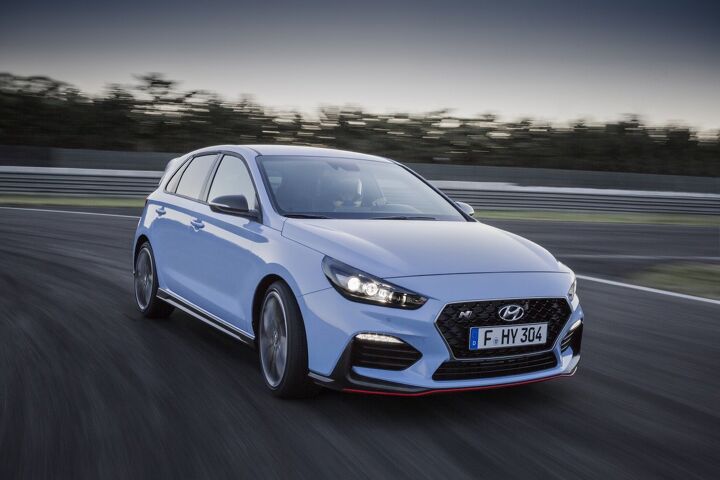













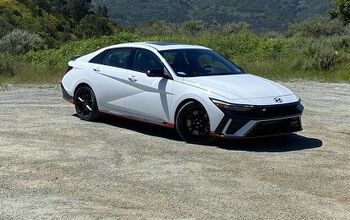

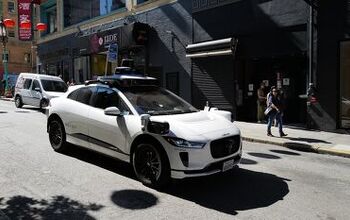
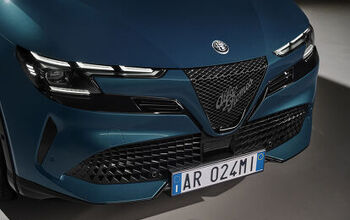


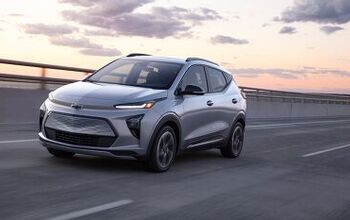
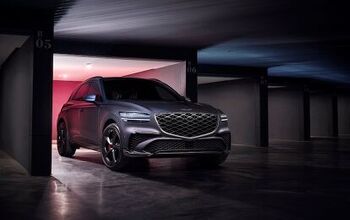
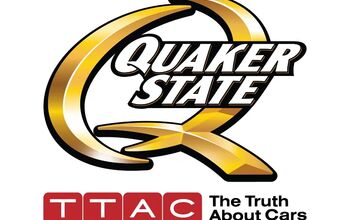
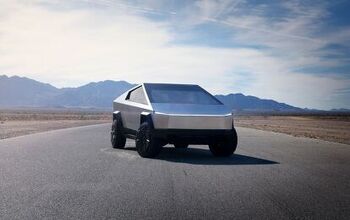
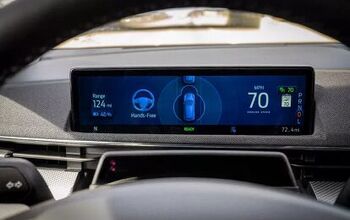
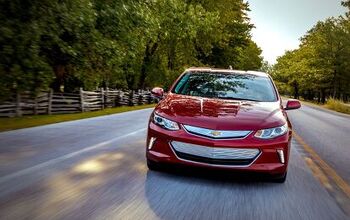


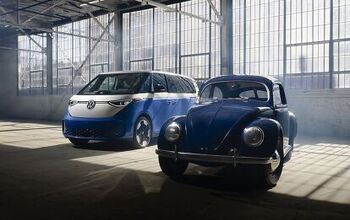
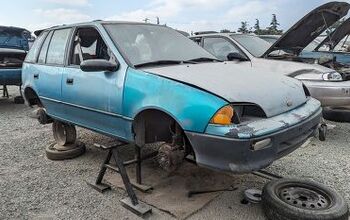
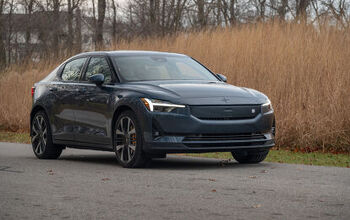
Comments
Join the conversation
Interesting that a car with not one, not two, but three phony air vents in the rear is now considered to be "not trying too hard".
These kind of cars will never make it over here. My wife pays them all off to keep them away, which helps keep the car budget in line.